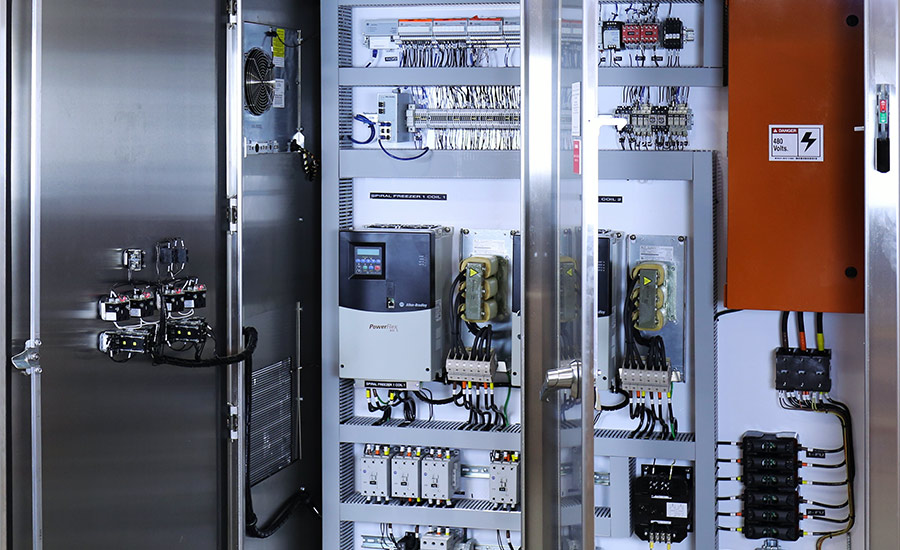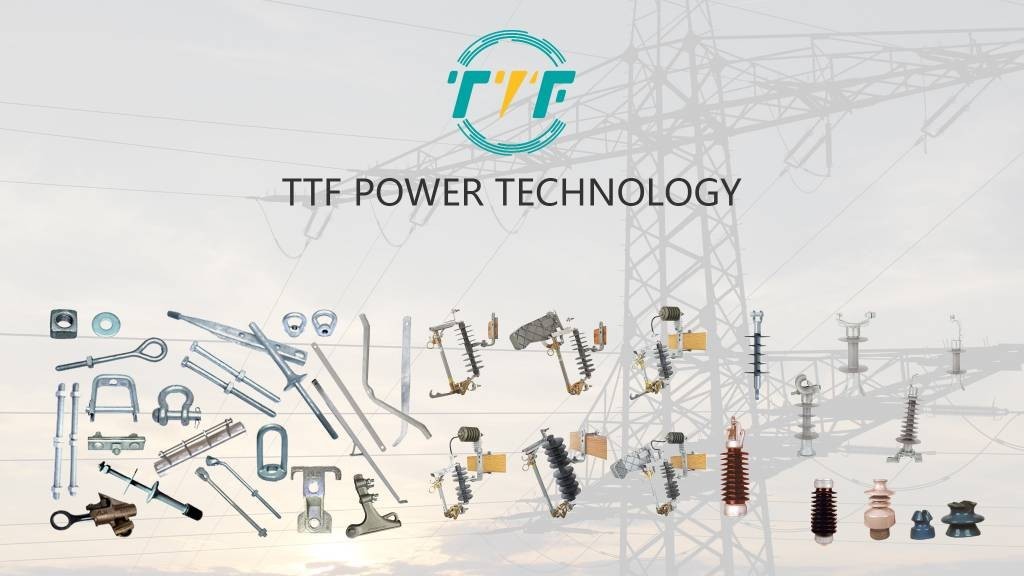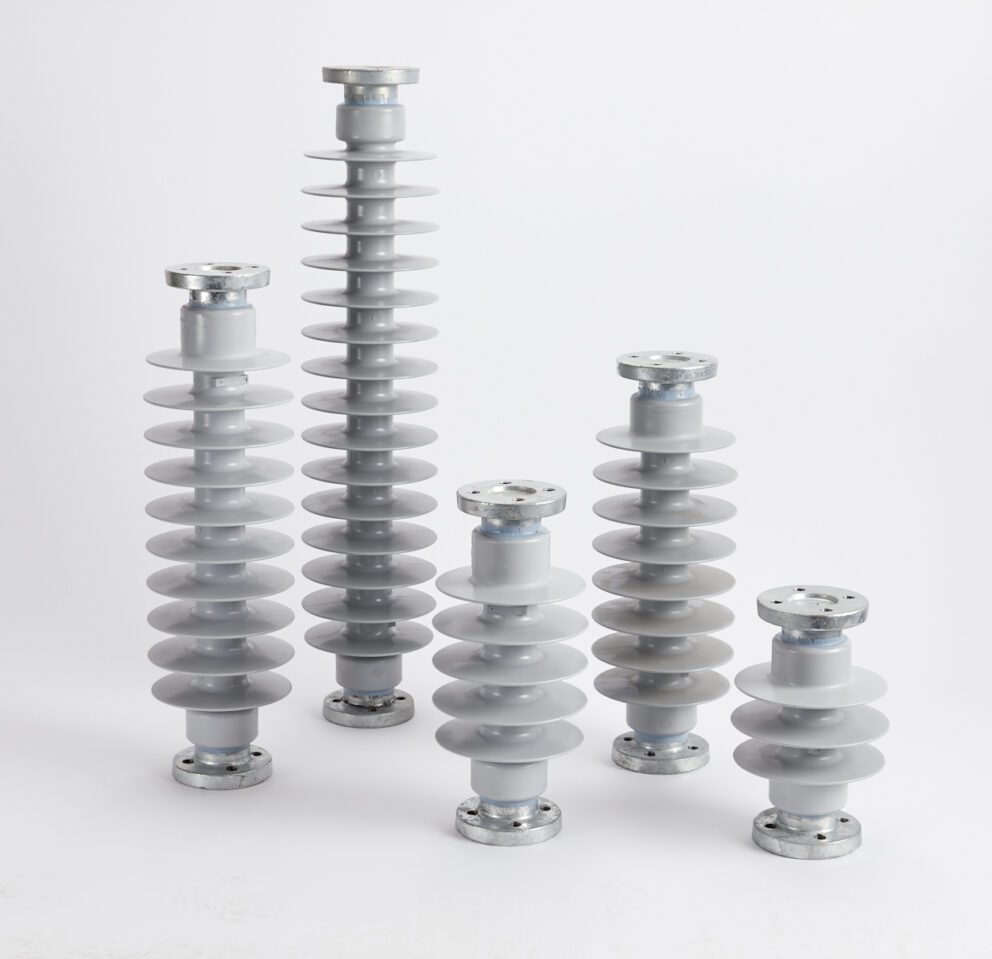
The industrial HVAC sector in South America is expanding due to a rising demand for energy efficiency and the growth of renewable energy. HVAC control systems comprise heating, ventilation, and air conditioning. The HVAC control systems sector has emerged as an essential element in the shift towards sustainable solutions. The swift urban growth in South America is causing an increase in construction initiatives. Cities such as Sao Paulo, Buenos Aires, and Bogota feature extensive infrastructure projects that need HVAC systems. HVAC systems in South America can use renewable energy along with sophisticated control technologies. This ensures energy autonomy and reduced operating expenses. Major factors propelling the growth of HVAC control systems in South America consist of urbanization, sustainability objectives, and technological progress. HVAC control systems use station post insulators to ensure the safe and reliable operation of the systems.
Station post insulators ensure electrical insulation, mechanical stability, and environmental resilience. The insulators electrically isolate high-voltage components from grounded structrues. The insulators ensure that hig-voltage equipment in HVAC control systems do not sort circuit. This could disrupt the power supply to the HVAC system. Station post insualtors provide mechanical support for high-voltage conductors, busbars, and other electrical components. This ensures that the electrical infrastructure remains stable and secure. This is despite the harsh environmental stresses like wind, rain, or seismic activities. HVAC control systems depend on high-voltage power distribution for their energy supply. Station post insulators ensure the high-voltage side of the electrical infrastructure operates reliably.
Main developments in HVAC control systems in South America
The HVAC control systems in South America are constantly evolving because of technological progress, urban development, and an emphasis on energy efficiency. The combination of IoT, renewable energy, and AI is influencing the future of HVAC systems in the area. This is due to the heightened emphasis on energy efficiency, sustainability, and air quality. ACSR cables feature a galvanized steel core that improves weather resistance. TTF is a world-class global provider of high quality overhead line hardware and transmission hardware. Our products include construction and switching products, tools, insulators, arresters, pole line hardware, and cable accessories. Outlined below are the major trends influencing the HVAC control systems sector.

- The combination of IoT and smart technologies – the application of IoT is transforming HVAC control systems. This is enabled by capabilities such as remote surveillance, anticipatory upkeep, and automation. For example, intelligent thermostats and centralized management platforms enable users to oversee and enhance HVAC systems.
- HVAC systems powered by renewable energy – Solar and wind energy-powered HVAC systems are gaining popularity. This is particularlye in countries such as Brazil and Chile because of their rich solar resources.
- Growth of smart cities – smart city projects are increasing the need for interconnected and automated HVAC systems. Cities such as Sao Paulo and Buenos Aires are leveraging intelligent infrastructure to enhance energy distribution across different sectors.
- Increasing use in residential areas – HVAC control systems are utilized in homes because of growing energy expenses and comfort demands.
- Improvements in automation and AI – Artificial Intelligence enhances HVAC control systems. This is by providing predictive analysis and self-learning functionalities. AI-powered systems can expect user preferences, adjust settings automatically, and identify possible malfunctions.
- Energy efficiency and sustainability initiatives – increased emphasis in energy conservation to meet global sustainability goals. HVAC control systems use energy efficient technologies such as variable air volume and smart sensors.
Functions of station post insulators in HVAC control systems
Station post insulators in HVAC control systems provide electrical insulation and mechanical support. High-quality insulators mantain the efficiency, reliability, and safety of HVAC control systems. They prevent electrical faults and ensure smooth operation in hig-voltage power networks. The following are the functions of station post insulators in HVAC control systems.

- Electrical insulation – station post insulators prevent electrical conduction between high-voltage components and grounded structures. This helps to ensure safe operation of equipment by aoiding short circuits and electrical faults.
- Mechanical support – the insulators support busbars, switches, circuit breakers, and other high voltage components. This helps deliver electricity to HVAC control systems in South America.
- Voltage resistance – station post insulators are designed to handle high voltages to prevent flashovers and breakdowns.
- Contamination resistance – insulators made from materials like porcelain, glass, or polymer composites are resistant to pollution.
- Enhanced system reliability – the insulators reduce power interruptions by maintaining insulation integrity in harsh conditions. They reduce the risk of insulation failure and ensure stable power delivery.